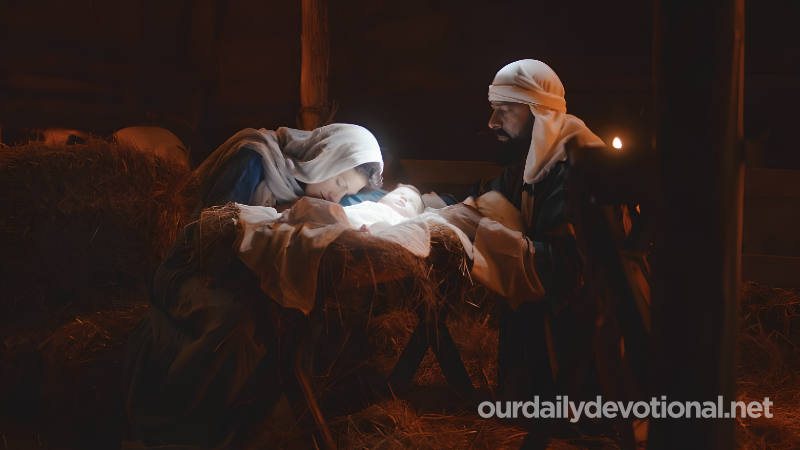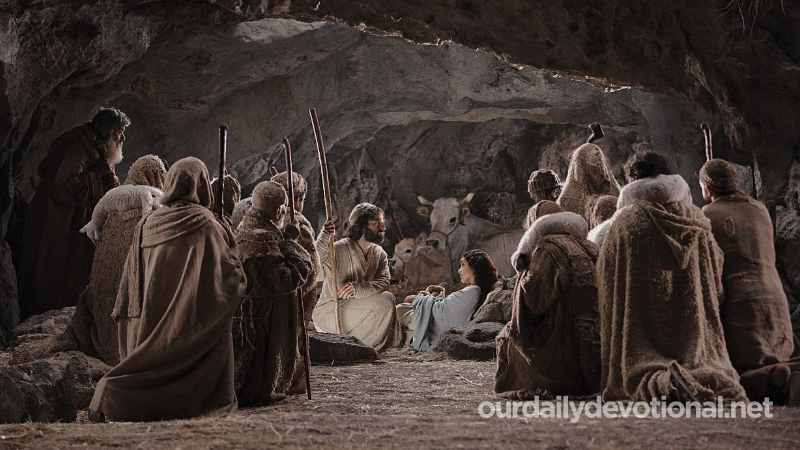One of the five cities of the Jordan plain (Gen. 13:10). Lot, separating from Abraham, decided to settle in Sodom, despite the terrible reputation of this city (Gen. 13:11-13).
Chedorlaomer sacked Sodom (Gen. 14:11), taking Lot captive along with his people. Abraham delivered them and recovered their property (Gen. 14:21-24).
Later, God destroyed Sodom and at least three other cities on the plain because of their wickedness. Divine judgment consumed Sodom under a rain of sulfur and fire that undoubtedly inflamed the many asphalt pits of that valley.
Lot and his two daughters escaped the cataclysm (Gen. 19:1-29; Deut. 29:23; Is. 1:9, 10; 3:9; 13:19; Jer. 49:18; 50:40; Lam. 4:6; Ez. 16:46-56; Am. 4:11; Zeph. 2:9; Mt. 10:15; 11:24; Luke 10:12; 17:29; Rom. 9:29 ; 2 Peter 2:6; Jude 7).
In Revelation the great sinful city is allegorically designated by the names of Sodom and Egypt.
The precise location of Sodom has not been determined. There are two arguments that can lead to the assumption that this city was at the northern end of the plain:
(a) From a place near Bethel, Abraham and Lot could see the entire Jordan plain (Gen. 13:3, cf. v. 10). However, caution should be used with the term “whole” in this passage.
(b) Chedorlaomer, who came from the south, defeated the Amorites of Hazezon-tamar, that is, En-gedi, before confronting the king of Sodom and his allies (Gen. 14:7, 8), which would seem indicate that they were found between En-gedi and the northern end of the sea.
But there are strong arguments that lead us to assume that Sodom was located south of the Dead Sea. On the one hand, bitumen or asphalt is only abundant in the southern end of the sea (cf. Gen. 14:10).
Furthermore, there is Josephus' mention that one of the cities, Zoar, was at the southern end of the sea (Wars 4:8, 4).
W. F. Albright, along with other brilliant scholars, has spread the thesis that the five cities could be buried under the waters of the southern gulf, which had a depth of between 60 cm. and 6 m.
However, due to the diversion of water from the Jordan for agricultural purposes, and the decreased contribution to the Dead Sea, a large part of the southern basin was discovered in 1979, making its exploration possible.
The negative result of the examination of this area is combined, however, with the positive result of the explorations of Bab edh-Dhra, Numeira, Safi, Feifa and Khanazir, which are located on the eastern edge of the Lisan and Ghor plains.
Although excavations have only been carried out on the first two sites (1975-1979), from them, and from the examinations of the last three places, the archaeologists Rast and Schaub have managed to obtain reliable and solid data for their identification with the five cities. of the plain (cf. "Have Sodom and Gomorrah been found", in Biblical Archeology Review, Sept./Oct. 1980, vol. VI, no. 5, PP. 26-36).
All of these cities show evidence of having ended in a fierce conflagration. All excavated and field evidence agrees with the biblical account, independently confirming that around the middle of the 21st century BC. A great cataclysm devastated the entire country (Gen. 19:28).
The entire valley is located on the great fault that follows the course of the Jordan, the Dead Sea and the Arabah. In this region, always subject to earthquakes, there is no doubt that geological phenomena contributed to the destruction of the cities, although the Bible only mentions the divine action that triggered it.
The salt and sulfur, abundant in a free state, apparently mixed in the course of a great convulsion of the earth, caused a violent explosion; Projected incandescent into the air, they literally rained down on the plain in a rain of fire and sulfur (Gen. 19:24, 28).
The story of Lot's wife transformed into a pillar of salt has frequently been related to a large hill of salt 8 km long that runs from north to south along the southwest end of the Dead Sea.
Ruins of destroyed cities could still be seen in NT times (Tacitus, History, 5:7; Josephus, Wars 4:4).
Mentions of the five cities of the plain have recently been found in ancient trade records kept in the archives of the Ebla empire (see MARDIKH [TELL]).
On these trade tablets the names of the cities of the plain are found in the same order as in Gen. 14:2.
Sodom is considered a city symbol of iniquity, guilty of a rampage in repugnant sins against nature (Jude 7). Isaiah calls the princes of Judah “princes of Sodom” (Is. 1:10; cf. Ez. 16:46-56; Rev. 11:8).
The Lord, to show the immense wickedness of rejecting Him after having heard His gracious words and having seen His powerful works, declared that the punishment applied to Sodom would be more tolerable on the day of Judgment than that of the cities that They had rejected him (Lk. 10:12).
The destruction of Sodom and Gomorrah, both in the suddenness of the event and in its globality, is exposed as a warning to sinners of the coming judgments (Luke 17:29; Jude 7).
Meaning of SODOM
One of the five cities of the Jordan plain (Gen. 13:10). Lot, separating from Abraham, decided to settle in Sodom, despite the terrible reputation of this city (Gen. 13:11-13).







